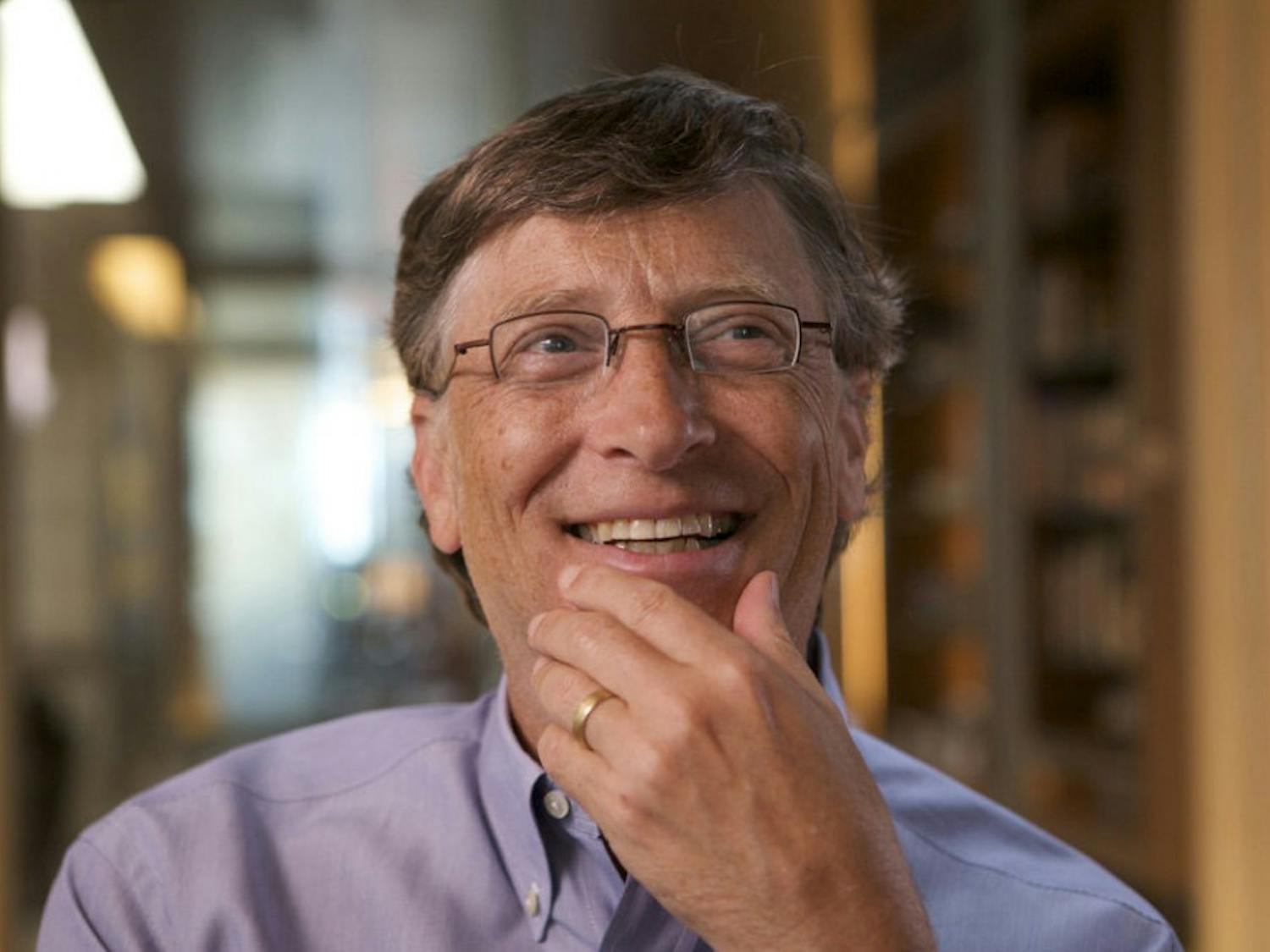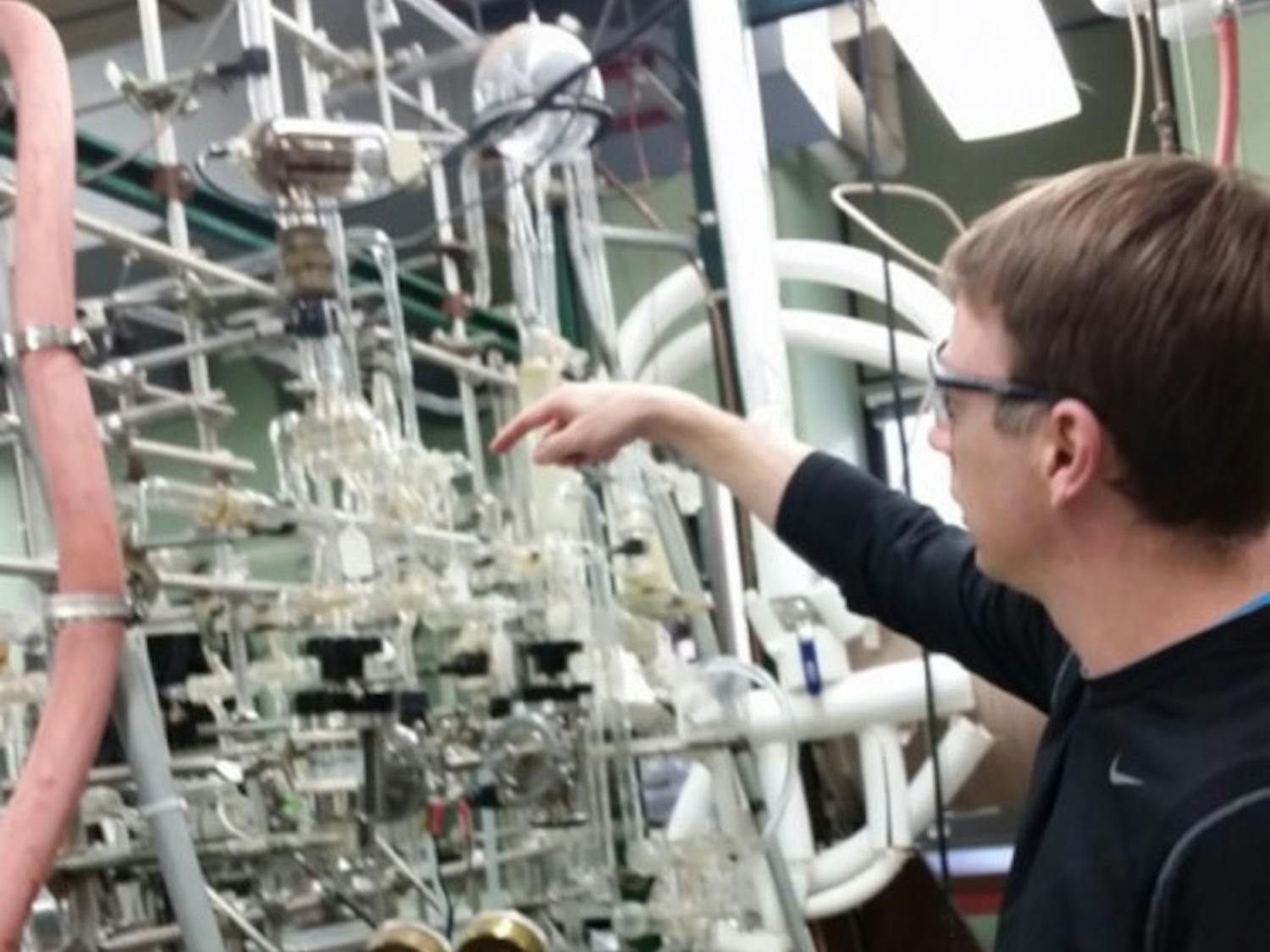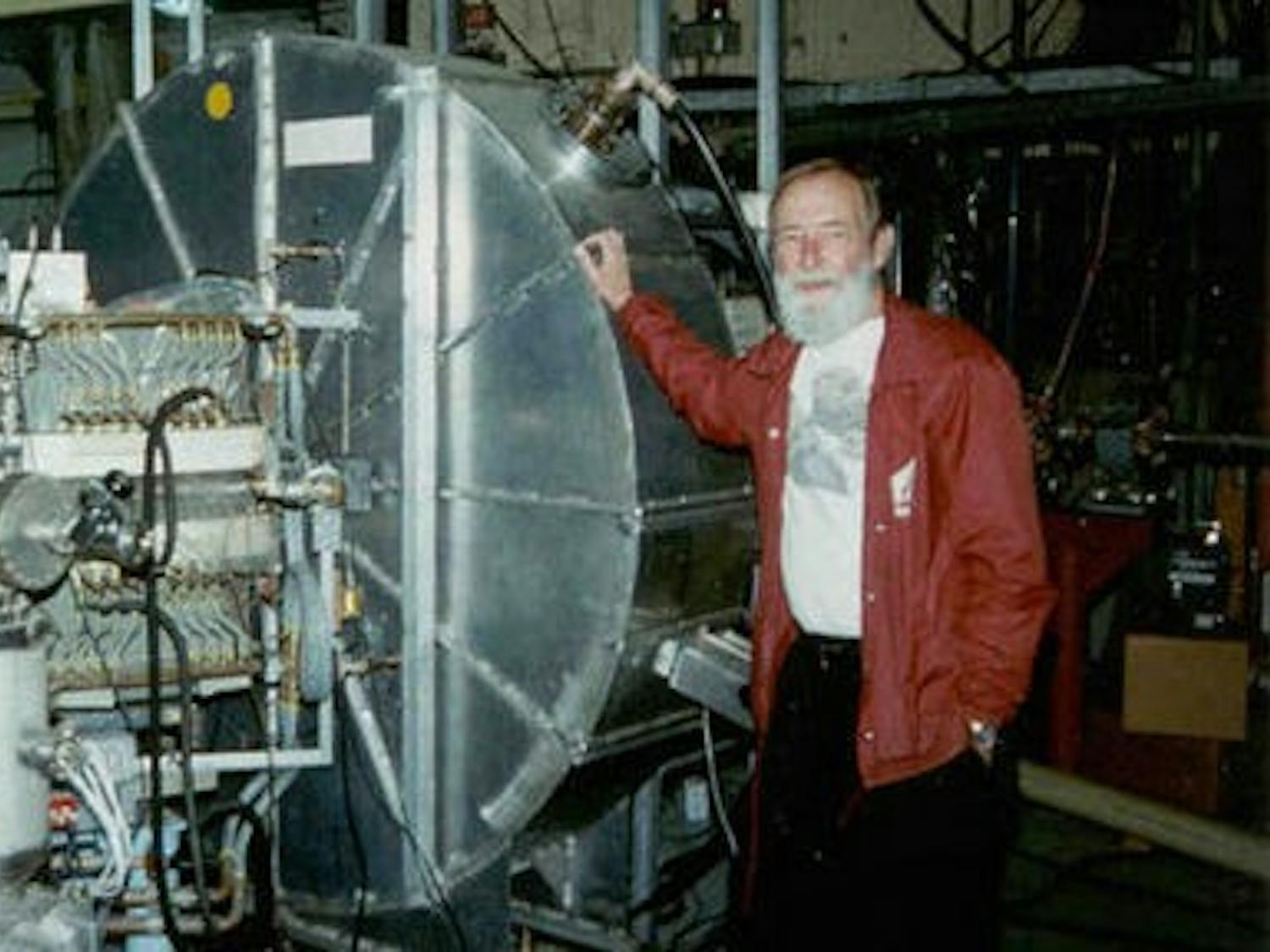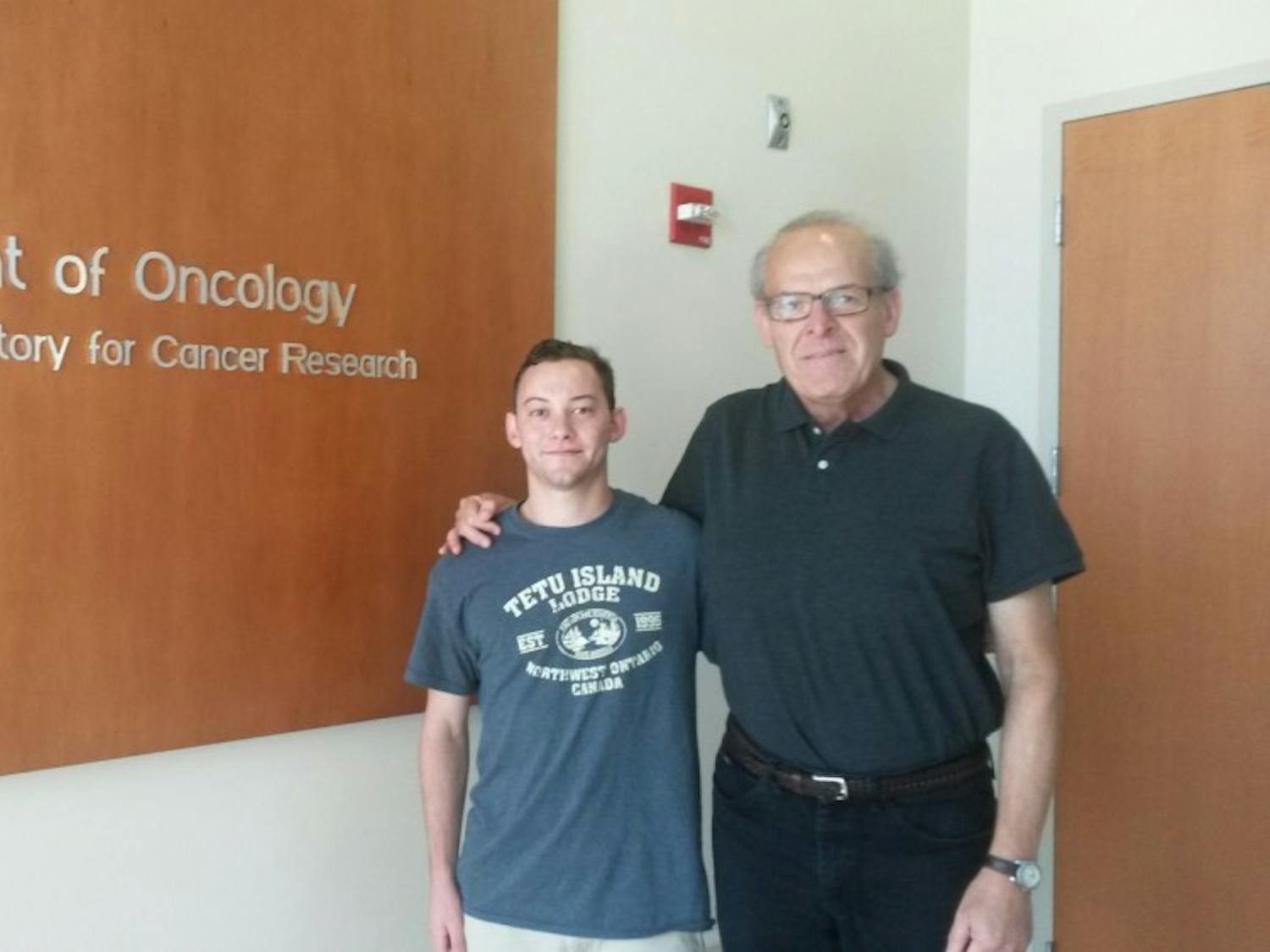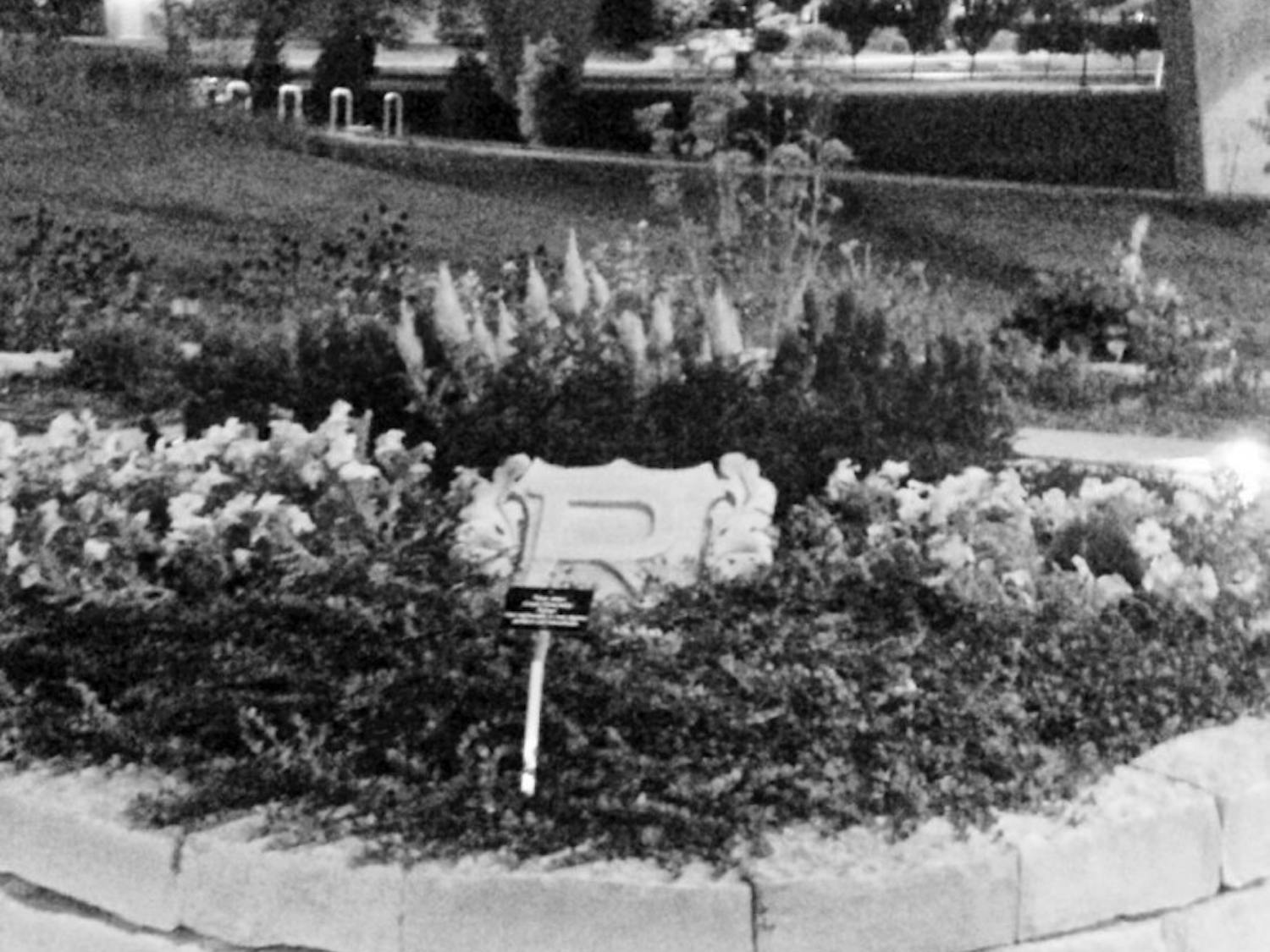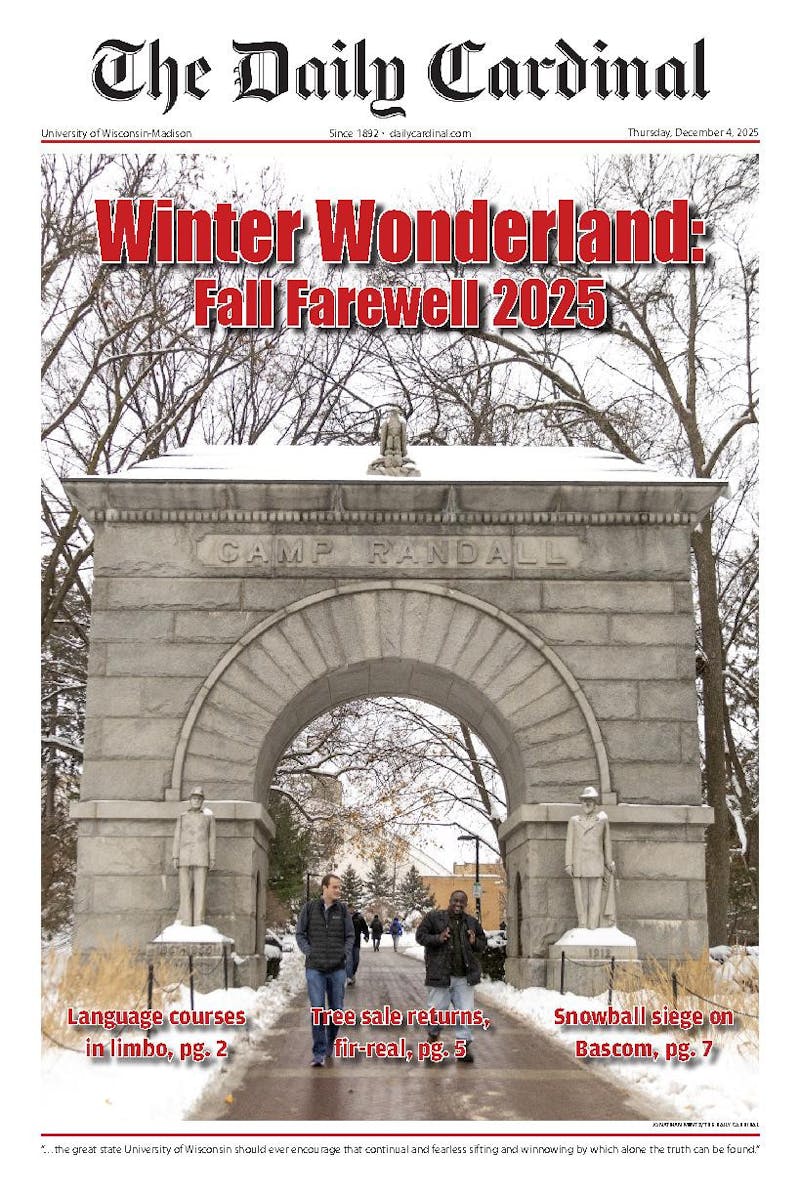UW-Madison evolutionary biologist awarded Lewis Thomas Prize
By Peter Coutu | Jan. 29, 2016Rockefeller University announced Thursday that Sean B. Carroll, UW-Madison evolutionary biologist and author, won the Lewis Thomas Prize for Writing about Science. The award was established in 1993 to honor individuals writing about science “whose voice and vision can tell us about science’s aesthetic and philosophical dimensions, providing not merely new information but cause for reflection, even revelation,” according to a university release.




